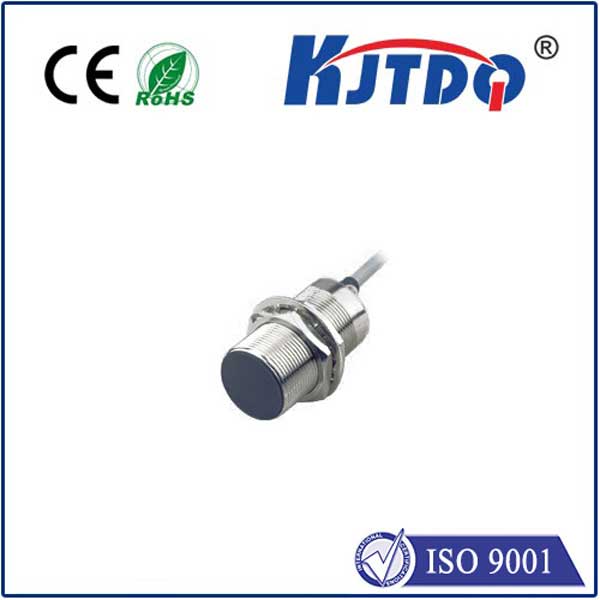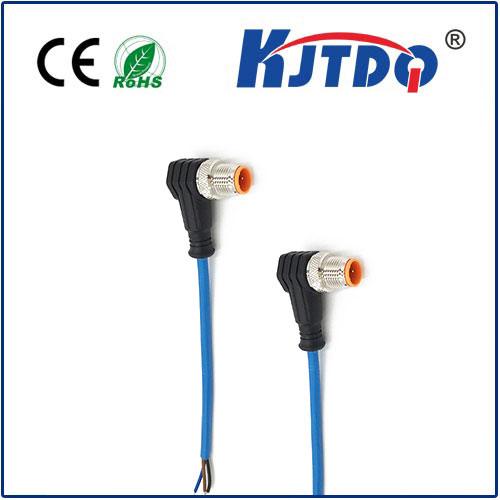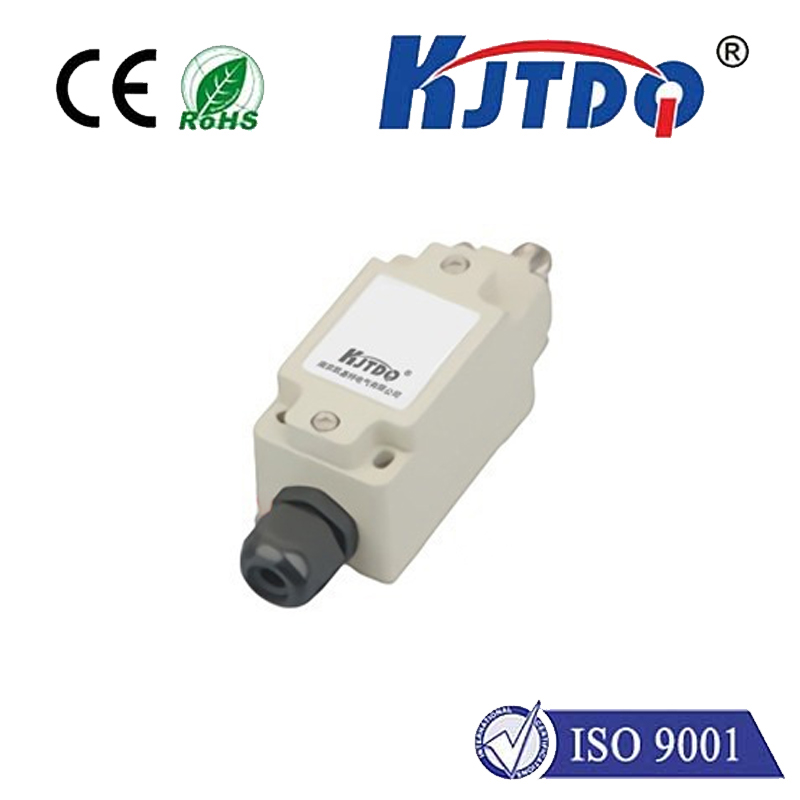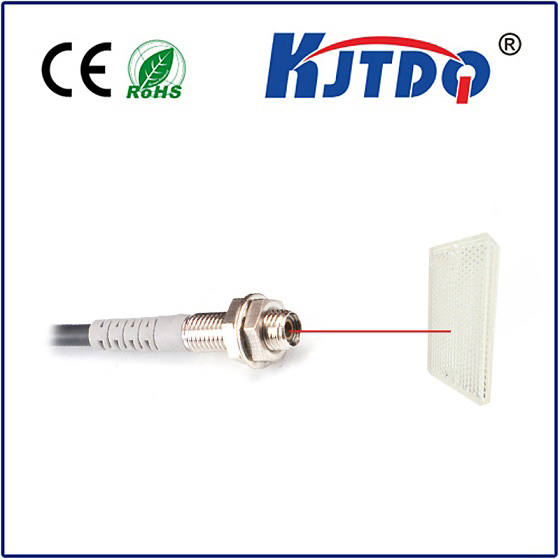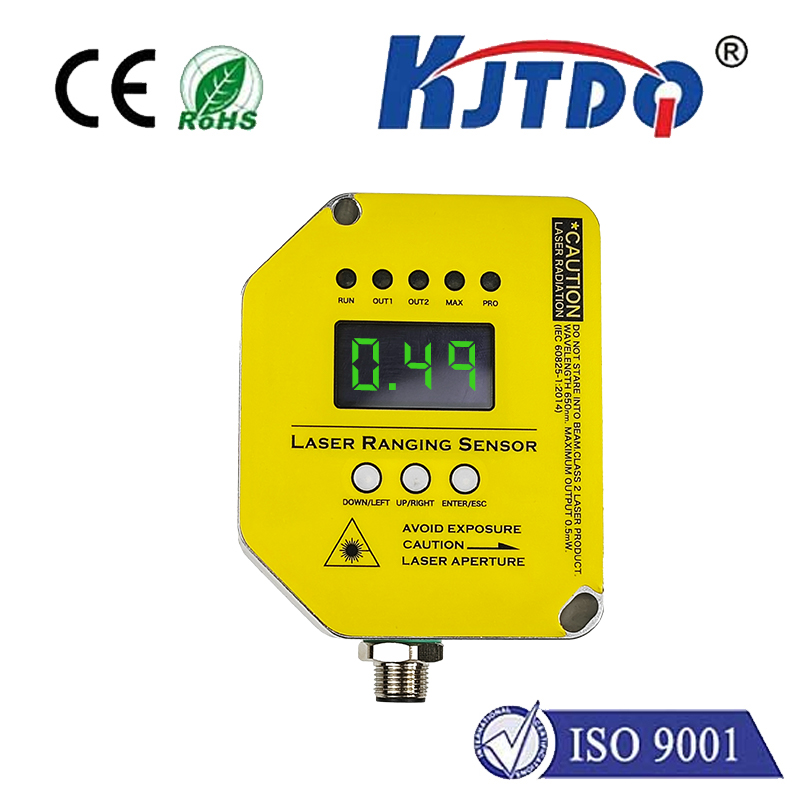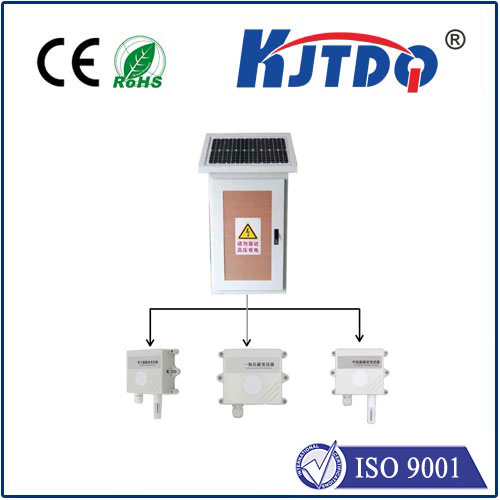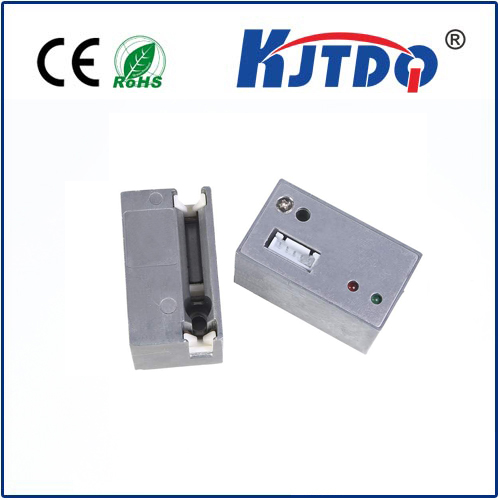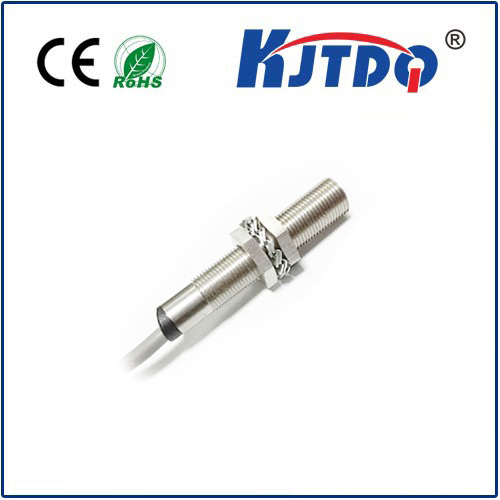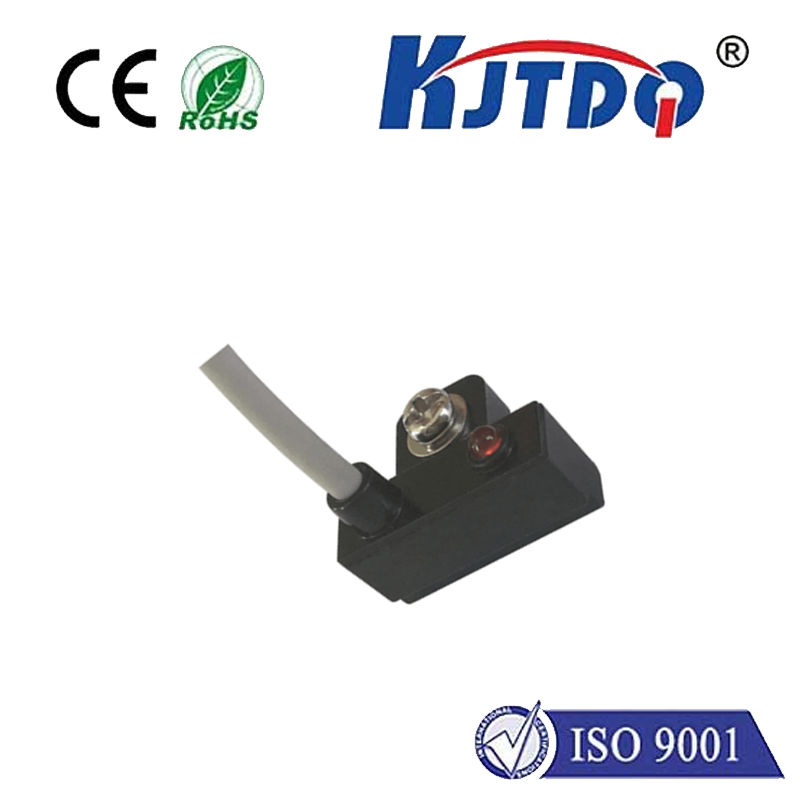
check

check

check

check
Title: Understanding NPN Limit Switches in Electronic Devices
Electronic devices rely on a variety of components to function properly, and one of the most critical components is the limit switch. In the context of non-polarizing transistors (NPN), limit switches are used to control the flow of current from the base to the collector and emitter terminals. This article will provide an overview of NPN limit switches, their functions, and how they work in electronic devices.
1. Introduction to NPN Transistors
Non-polarizing transistors (NPN) are widely used in electronic circuits due to their simple design and high performance. They have three main terminals: the base, collector, and emitter. The base terminal is connected to a power source or a voltage regulator, while the collector and emitter terminals are connected to each other through an external resistor, known as the load. When a voltage is applied to the base terminal, it creates a conducting path between the base and collector, allowing current to flow between them.
2. NPN Limit Switch Structure and Function
The structure of an NPN limit switch consists of two parts: the switch itself and the mechanical component that controls its movement. The switch typically consists of a movable arm or slider that can be pressed against a spring-loaded lever or button. Once the switch is pressed, it contacts the lever or button, which then opens or closes a circuit that controls the flow of current through the NPN transistor.
The function of an NPN limit switch is to provide feedback to the circuit controlling the NPN transistor. When the switch is closed, it sends a signal to the circuit that prevents further current from flowing from the base to the collector and emitter terminals. This prevents overdrive of the NPN transistor and ensures proper operation of the device. If the switch is open, however, no current can flow through the NPN transistor, causing it to shut down or malfunction.
3. Types of NPN Limit Switches
There are several types of NPN limit switches available on the market, each with its own advantages and disadvantages. Some common types include:
* Mechanical Limit Switches: These are the simplest type of limit switch and consist of a movable arm or slider that is pressed against a spring-loaded lever or button. They are relatively inexpensive but require more force to press compared to other types of limit switches.
* Solenoid Limit Switches: These use a small motor or coil to control the movement of a lever or button. They are often used in high-speed applications where precise control is required.
* Electromagnetic Limit Switches: These use electromagnetic forces to control the movement of a lever or button. They are similar to solenoid limit switches but use a different mechanism for transmitting signals.
4. Applications of NPN Limit Switches
NPN limit switches are commonly used in various electronic devices such as motors, actuators, sensors, and controllers. They help ensure proper operation by providing feedback to the circuit controlling the NPN transistor. For example, in a stepper motor control system, an NPN limit switch would prevent the motor from overspinning by preventing too much current from flowing through it. Similarly, in an air compressor controller, an NPN limit switch would stop the compressor when it reaches full pressure to avoid damage to the equipment.
